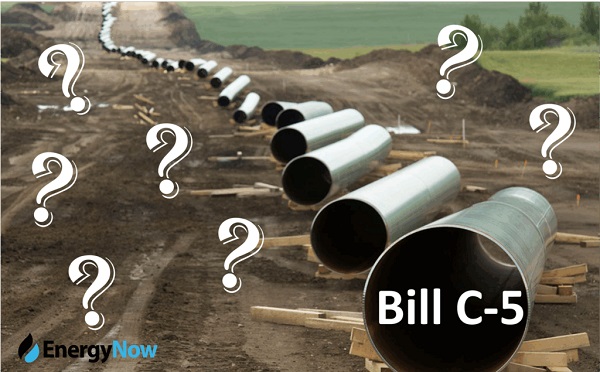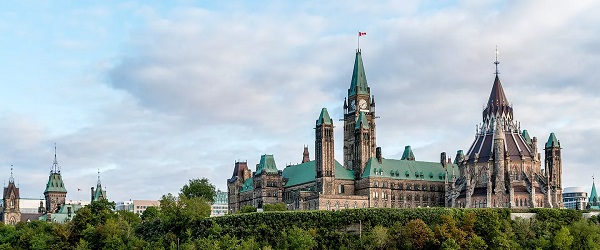Energy
Ottawa’s plan to decarbonize Canada’s electricity by 2035 not feasible and would require equivalent of 23 Site C hydroelectric dams
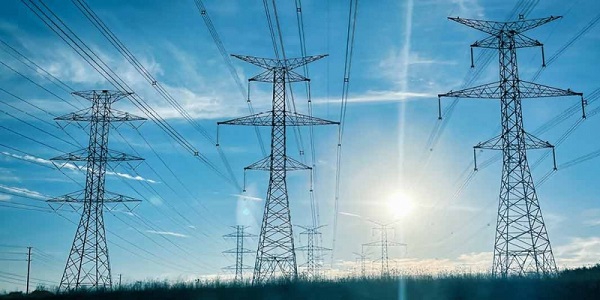
From the Fraser Institute
By Elmira Aliakbari and Jock Finlayson
The federal government’s plan to make all electricity generation in Canada carbon-free by 2035 is impractical and highly unlikely, given physical, infrastructure, financial, and regulatory realities. So says a new study published today by the Fraser Institute, an independent, non-partisan Canadian public policy think-tank.
“Canada’s federal government has set an ambitious, and, frankly, unrealistic target of achieving complete carbon-free electricity in ten years,” said Jock Finlayson, Fraser Institute senior fellow and co-author of Implications of Decarbonizing Canada’s Electricity Grid.
The study finds that in 2023, nearly 81 per cent of Canada’s electricity came from carbon-free energy sources, including hydro, nuclear, wind and solar. But to replace the remaining 19 per cent which uses fossil fuels, in the next 10 years, would require constructing the equivalent of:
• Approximately 23 large hydroelectric dams, similar in size to BC’s Site C, or 24 comparable to Newfoundland and Labrador’s Muskrat Falls, or;
• More than four nuclear power plants similar in size to Ontario’s Darlington power station, or 2.3 large scale nuclear power plants equivalent to Ontario’s Bruce Power, or;
• Around 11,000 large wind turbines, which would not only require substantial investments in back-up power systems (since wind is intermittent) but would also require clearing 7,302 square kilometers of land—larger than the size of Prince Edward Island—excluding the additional land required for transmission infrastructure.
Currently, the process of planning and constructing major electricity generation facilities in Canada is complicated and time-consuming, often marked by delays, regulatory challenges, and significant cost overruns.
For example, BC’s Site C project took approximately 43 years from the initial planning studies in 1971 to receive environmental certification in 2014, with completion expected in 2025 at a cost of $16 billion.
What’s more, the significant energy infrastructure listed above would only meet Canada’s current electricity needs. As Canada’s population grows, the demand for electricity will increase significantly.
“It is not at all realistic that this scale of energy infrastructure can be planned, approved, financed and built in just 10 years, which is what would be required merely to decarbonize Canada’s existing electricity needs,” said Elmira Aliakbari, director natural resource studies at the Fraser Institute and study co-author.
“This doesn’t even account for the additional infrastructure needed to meet future electricity demand. Decarbonizing Canada’s electricity generation by 2035 is another case where the government has set completely unrealistic timelines without any meaningful plan to achieve it.”
- This essay examines the implications of decarbonizing Canada’s electricity grid by replacing existing fossil fuel-based generation with clean energy sources.
- In 2023, clean energy sources—including hydro, nuclear, and wind—produced 497.6 terawatt hours (TWh) of electricity, accounting for nearly 81% of Canada’s total supply, while fossil fuels contributed 117.7 TWh (19.1%). To replace this fossil fuel generation with hydro power alone would require about 23 large projects similar to BC’s Site C or 24 like Newfoundland & Labrador’s Muskrat Falls. Using nuclear power would necessitate building 2.3 facilities equivalent to Ontario’s Bruce Power or 4.3 similar to Darlington Nuclear Generating Station.
- The process of planning and constructing electricity generation facilities in Canada is complex and time-consuming, often marked by delays, regulatory hurdles, and significant cost overruns. For example, the BC Site C project took approximately 43 years from the initial feasibility and planning studies in 1971 to receive environmental certification in 2014, with completion expected in 2025 at a cost of $16 billion.
- Land requirements for new electricity generation facilities are also significant; replacing 117.7 TWh of fossil fuel-based electricity with hydro power, for instance, would need approximately 26,345 square kilometers, nearly half the size of Nova Scotia.
- The slow pace of regulatory approvals, high and rising costs of major energy projects, substantial land requirements, and public opposition to project siting all cast doubt on the feasibility of achieving the necessary clean electricity infrastructure in the coming decade to fully replace fossil fuels in Canada.
Authors:
More from this study
Alberta
Canadian Oil Sands Production Expected to Reach All-time Highs this Year Despite Lower Oil Prices
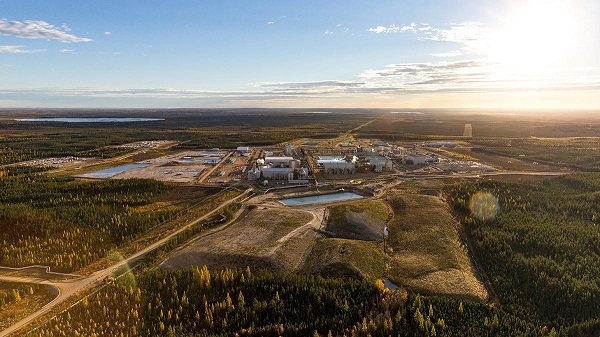
From Energy Now
S&P Global Commodity Insights has raised its 10-year production outlook for the Canadian oil sands. The latest forecast expects oil sands production to reach a record annual average production of 3.5 million b/d in 2025 (5% higher than 2024) and exceed 3.9 million b/d by 2030—half a million barrels per day higher than 2024. The 2030 projection is 100,000 barrels per day (or nearly 3%) higher than the previous outlook.
The new forecast, produced by the S&P Global Commodity Insights Oil Sands Dialogue, is the fourth consecutive upward revision to the annual outlook. Despite a lower oil price environment, the analysis attributes the increased projection to favorable economics, as producers continue to focus on maximizing existing assets through investments in optimization and efficiency.
While large up-front, out-of-pocket expenditures over multiple years are required to bring online new oil sands projects, once completed, projects enjoy relatively low breakeven prices.
S&P Global Commodity Insights estimates that the 2025 half-cycle break-even for oil sands production ranged from US$18/b to US$45/b, on a WTI basis, with the overall average break-even being approximately US$27/b.*
“The increased trajectory for Canadian oil sands production growth amidst a period of oil price volatility reflects producers’ continued emphasis on optimization—and the favorable economics that underpin such operations,” said Kevin Birn, Chief Canadian Oil Analyst, S&P Global Commodity Insights. “More than 3.8 million barrels per day of existing installed capacity was brought online from 2001 and 2017. This large resource base provides ample room for producers to find debottlenecking opportunities, decrease downtime and increase throughput.”
The potential for additional upside exists given the nature of optimization projects, which often result from learning by doing or emerge organically, the analysis says.
“Many companies are likely to proceed with optimizations even in more challenging price environments because they often contribute to efficiency gains,” said Celina Hwang, Director, Crude Oil Markets, S&P Global Commodity Insights. “This dynamic adds to the resiliency of oil sands production and its ability to grow through periods of price volatility.”
The outlook continues to expect oil sands production to enter a plateau later this decade. However, this is also expected to occur at a higher level of production than previously estimated. The new forecast expects oil sands production to be 3.7 million b/d in 2035—100,000 b/d higher than the previous outlook.
Export capacity—already a concern in recent years—is a source of downside risk now that even more production growth is expected. Without further incremental pipeline capacity, export constraints have the potential to re-emerge as early as next year, the analysis says.
“While a lower price path in 2025 and the potential for pipeline export constraints are downside risks to this outlook, the oil sands have proven able to withstand extreme price volatility in the past,” said Hwang. “The low break-even costs for existing projects and producers’ ability to manage challenging situations in the past support the resilience of this outlook.”
* Half-cycle breakeven cost includes operating cost, the cost to purchase diluent (if needed), as well as an adjustment to enable a comparison to WTI—specifically, the cost of transport to Cushing, OK and quality differential between heavy and light oil.
About S&P Global Commodity Insights
At S&P Global Commodity Insights, our complete view of global energy and commodity markets enables our customers to make decisions with conviction and create long-term, sustainable value.
We’re a trusted connector that brings together thought leaders, market participants, governments, and regulators and we create solutions that lead to progress. Vital to navigating commodity markets, our coverage includes oil and gas, power, chemicals, metals, agriculture, shipping and energy transition. Platts® products and services, including leading benchmark price assessments in the physical commodity markets, are offered through S&P Global Commodity Insights. S&P Global Commodity Insights maintains clear structural and operational separation between its price assessment activities and the other activities carried out by S&P Global Commodity Insights and the other business divisions of S&P Global.
S&P Global Commodity Insights is a division of S&P Global (NYSE: SPGI). S&P Global is the world’s foremost provider of credit ratings, benchmarks, analytics and workflow solutions in the global capital, commodity and automotive markets. With every one of our offerings, we help many of the world’s leading organizations navigate the economic landscape so they can plan for tomorrow, today. For more information visit https://www.spglobal.com/commodity-insights/en.
SOURCE S&P Global Commodity Insights
Business
Potential For Abuse Embedded In Bill C-5
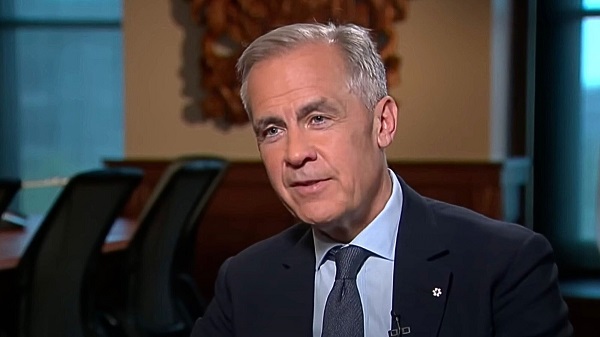
From the National Citizens Coalition
By Peter Coleman
“The Liberal government’s latest economic bill could cut red tape — or entrench central planning and ideological pet projects.”
On the final day of Parliament’s session before its September return, and with Conservative support, the Liberal government rushed through Bill C-5, ambitiously titled “One Canadian Economy: An Act to enact the Free Trade and Labour Mobility in Canada Act and the Building Canada Act.”
Beneath the lofty rhetoric, the bill aims to dismantle interprovincial trade barriers, enhance labour mobility, and streamline infrastructure projects. In principle, these are worthy goals. In a functional economy, free trade between provinces and the ability of workers to move without bureaucratic roadblocks would be standard practice. Yet, in Canada, decades of entrenched Liberal and Liberal-lite interests, along with red tape, have made such basics a pipe dream.
If Bill C-5 is indeed wielded for good, and delivers by cutting through this morass, it could unlock vast, wasted economic potential. For instance, enabling pipelines to bypass endless environmental challenges and the usual hand-out seeking gatekeepers — who often demand their cut to greenlight projects — would be a win. But here’s where optimism wanes, this bill does nothing to fix the deeper rot of Canada’s Laurentian economy: a failing system propped up by central and upper Canadian elitism and cronyism. Rather than addressing these structural flaws of non-competitiveness, Bill C-5 risks becoming a tool for the Liberal government to pick more winners and losers, funneling benefits to pet progressive projects while sidelining the needs of most Canadians, and in particular Canada’s ever-expanding missing middle-class.
Worse, the bill’s broad powers raise alarms about government overreach. Coming from a Liberal government that recently fear-mongered an “elbows up” emergency to conveniently secure an electoral advantage, this is no small concern. The lingering influence of eco-radicals like former Environment Minister Steven Guilbeault, still at the cabinet table, only heightens suspicion. Guilbeault and his allies, who cling to fantasies like eliminating gas-powered cars in a decade, could steer Bill C-5’s powers toward ideological crusades rather than pragmatic economic gains. The potential for emergency powers embedded in this legislation to be misused is chilling, especially from a government with a track record of exploiting crises for political gain – as they also did during Covid.
For Bill C-5 to succeed, it requires more than good intentions. It demands a seismic shift in mindset, and a government willing to grow a spine, confront far-left, de-growth special-interest groups, and prioritize Canada’s resource-driven economy and its future over progressive pipe dreams. The Liberals’ history under former Prime Minister Justin Trudeau, marked by economic mismanagement and job-killing policies, offers little reassurance. The National Citizens Coalition views this bill with caution, and encourages the public to remain vigilant. Any hint of overreach, of again kowtowing to hand-out obsessed interests, or abuse of these emergency-like powers must be met with fierce scrutiny.
Canadians deserve a government that delivers results, not one that manipulates crises or picks favourites. Bill C-5 could be a step toward a freer, stronger economy, but only if it’s wielded with accountability and restraint, something the Liberals have failed at time and time again. We’ll be watching closely. The time for empty promises is over; concrete action is what Canadians demand.
Let’s hope the Liberals don’t squander this chance. And let’s hope that we’re wrong about the potential for disaster.
Peter Coleman is the President of the National Citizens Coalition, Canada’s longest-serving conservative non-profit advocacy group.
-
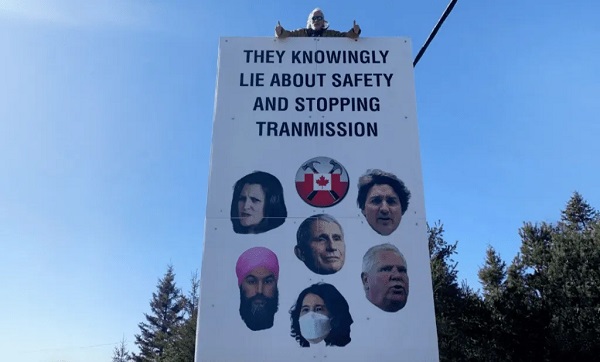
 COVID-197 hours ago
COVID-197 hours agoOntario man launches new challenge against province’s latest attempt to ban free expression on roadside billboards
-

 Energy15 hours ago
Energy15 hours agoThis Canada Day, Celebrate Energy Renewal
-

 Business1 day ago
Business1 day agoWhile China Hacks Canada, B.C. Sends Them a Billion-Dollar Ship Building Contract
-
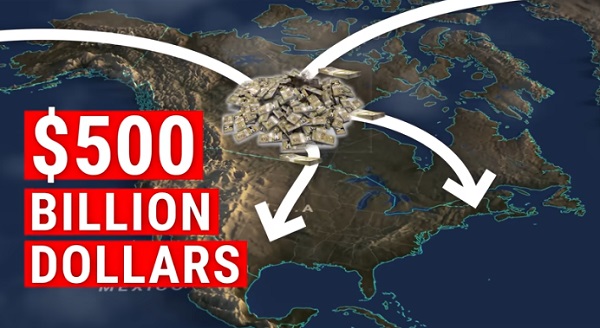
 Alberta1 day ago
Alberta1 day agoSo Alberta, what’s next?
-
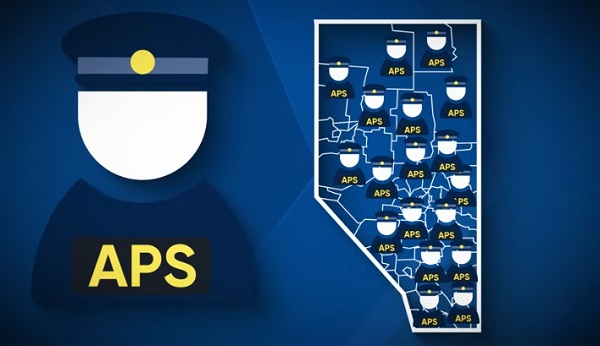
 Alberta6 hours ago
Alberta6 hours agoAlberta Next Takes A Look At Alberta Provincial Police Force
-
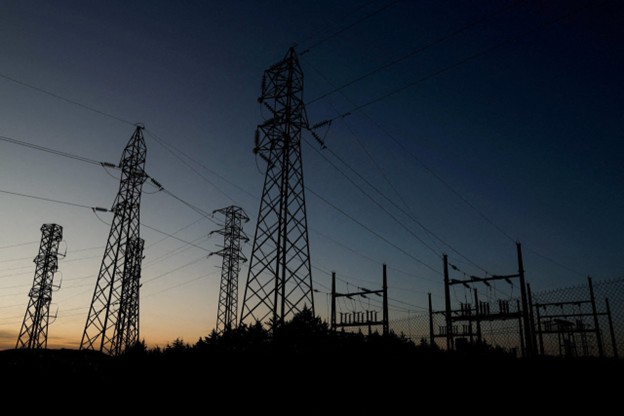
 Bjorn Lomborg1 day ago
Bjorn Lomborg1 day agoThe Physics Behind The Spanish Blackout
-

 Alberta8 hours ago
Alberta8 hours agoCanadian Oil Sands Production Expected to Reach All-time Highs this Year Despite Lower Oil Prices
-

 Business10 hours ago
Business10 hours agoPotential For Abuse Embedded In Bill C-5






